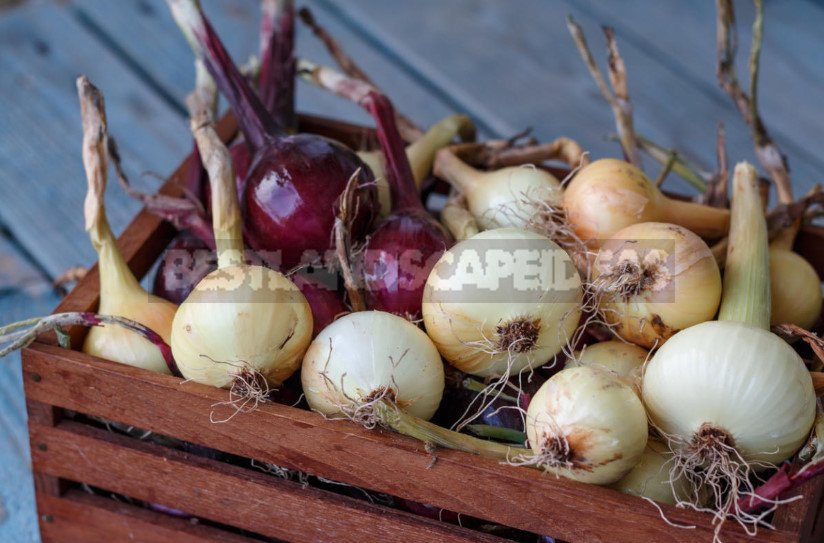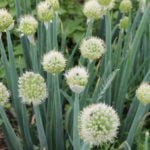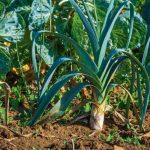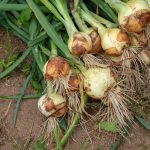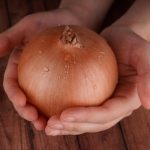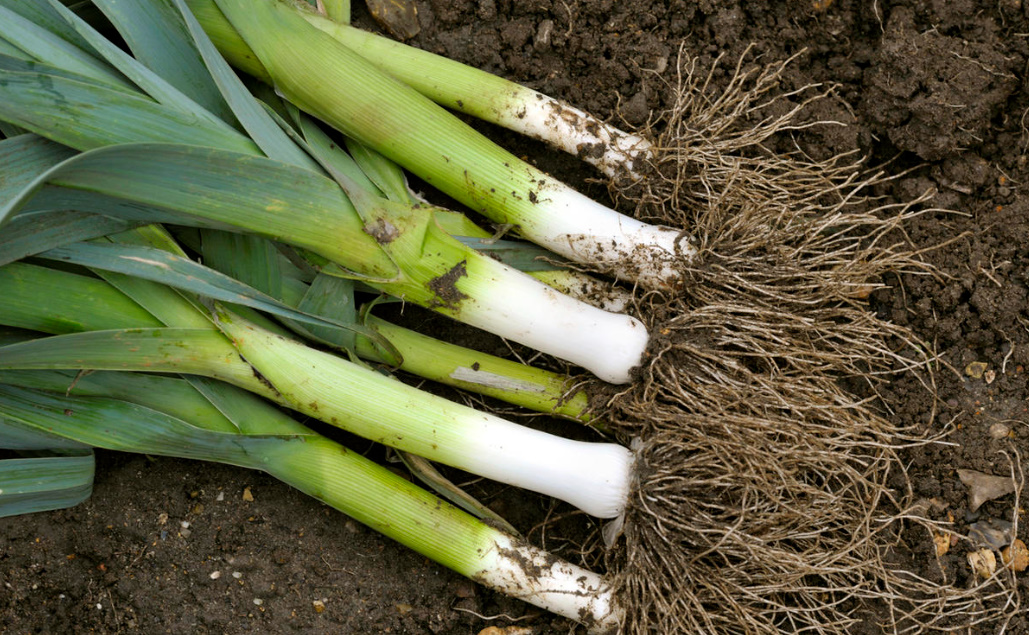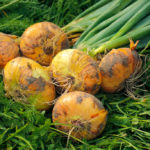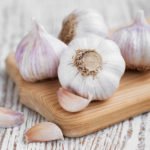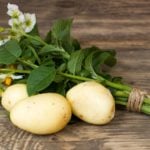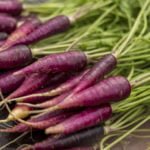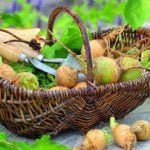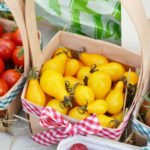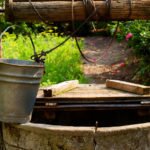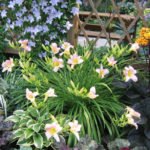Among the suburban autumn chores stand out concern for the safe preservation of the onion crop, as well as the renewal of planting in the next season. I will share with you my experience and, perhaps, it will help to avoid mistakes for novice gardeners or confirm the correct conclusions of summer residents with experience.
Storage
The most important thing is to dry the onion well. If after harvesting it was on a cool veranda or, for example, in the attic of a house, then when transferred to a warmer room for permanent storage, there is a sharp change in temperature. This onion can not be stored immediately, it needs to be given time to even out the temperature.
One of the distinguishing features of a properly prepared mature bulb is the following: if it is pressed, the top layer of the husk (“shirt”) is easily separated. Another indicator is dry roots, which do not even need to be cut or removed in another way, since they break off on their own.
Pay attention to one very important point. When laying onions for long-term storage, in no case can you cut off the remaining dried tops, you must leave it .
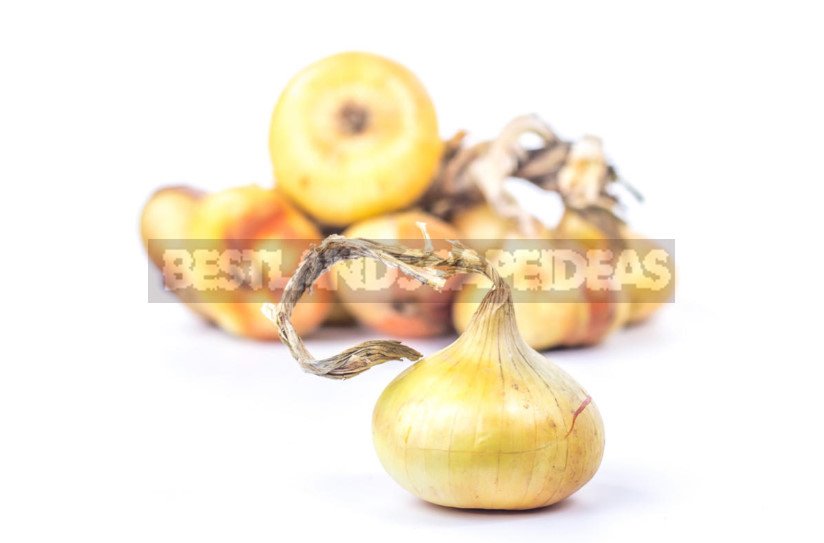
For good condition, the bow must be breathable. Wicker baskets made of natural material and low mesh plastic boxes are great. However, it is important to keep in mind that it is best to put the onion in 2-3 layers, no more.
The storage area should be dry and warm enough. If you have a suitable basement or a cool veranda where the temperature does not fall below +4°C (39.2°F), then this is a good option.
Small bulbs I prefer to use for forcing in the winter. They can be planted in boxes and get fresh greens in the cold.
Landing under winter
Bulbs smaller than average should not be planted in the winter for early greenery. In most regions, as sad experience shows, most of this planting material freezes in the cold.
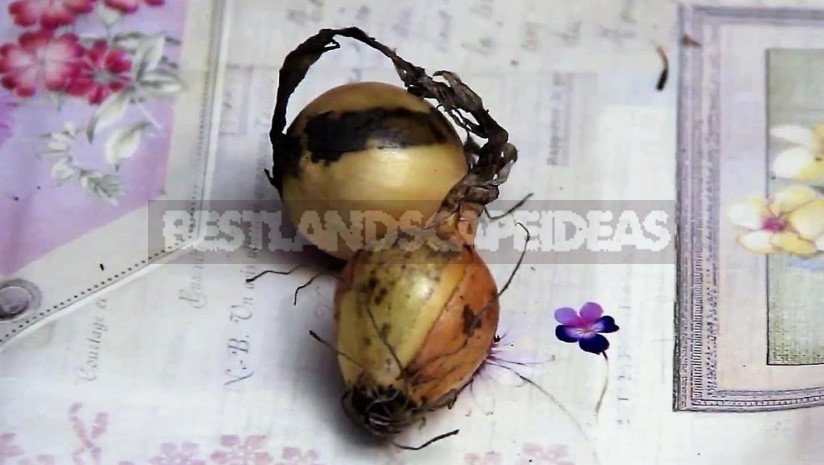
Such bulbs are very good to plant in early spring in greenhouses, for example, between the main crops. There they quickly wake up and give excellent greens for eating.
To grow onions for winter sowing, it is best to take small onions. Someone grows it on their own, I prefer to buy it. Winter sowing in this case is good because next year the onion will ripen earlier, and it will be possible to have time to collect and dry it in a dry summer, before rainy weather.
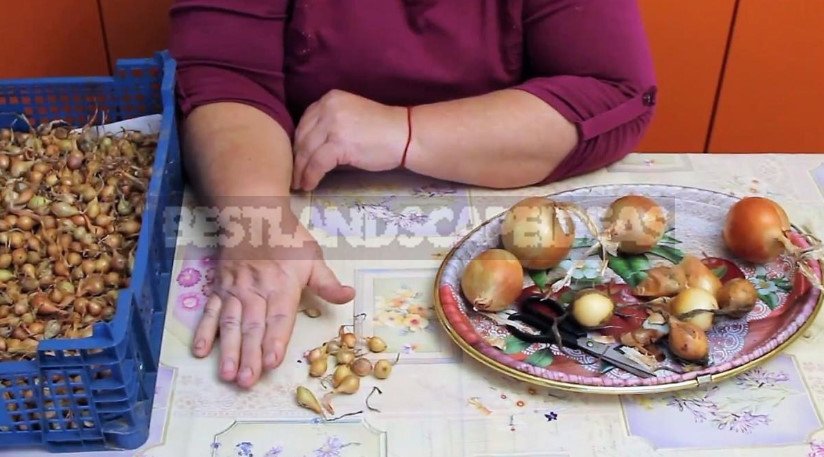
The time of planting onions for the winter depends on the climatic conditions and the actual weather outside the window. It is necessary to focus on the time of the onset of stable cold weather with constant temperatures from 0°C to -3°C (32-26.6°F). Onions planted at this time will not have time to start growing in the fall, will winter well and will not freeze.
Varieties for cultivation, in particular, for winter sowing, you need to choose “underground”, that is, those that are suitable for your region, have proven themselves well in your climate. I really like the “Stuttgart Riesen”, in our conditions it grows well and is well stored almost until the next harvest.
Many owners of country houses are engaged in gardening, so gardeners have their own accumulated experience in growing and storing onions. Please share in the comments what secrets do you have?
